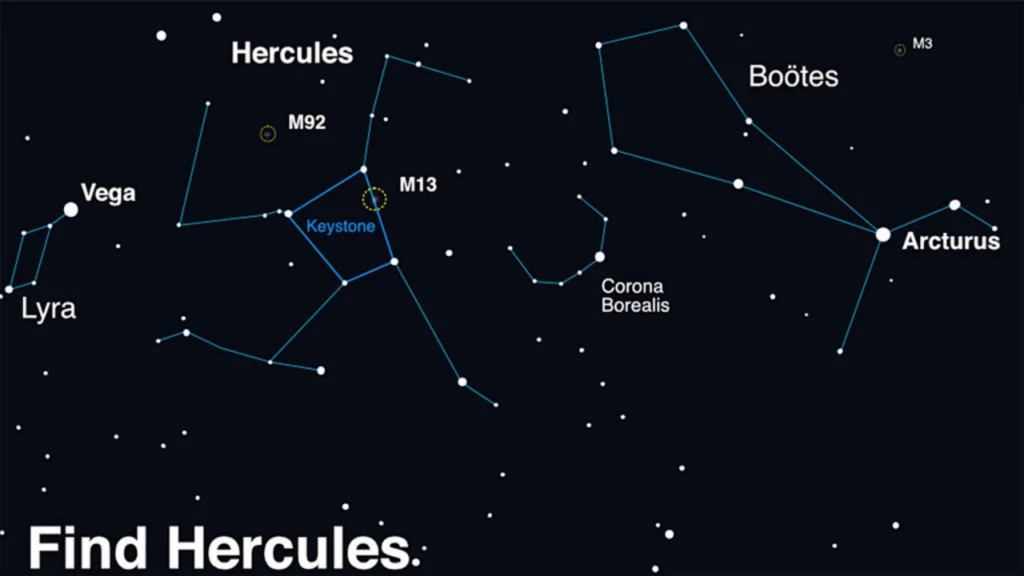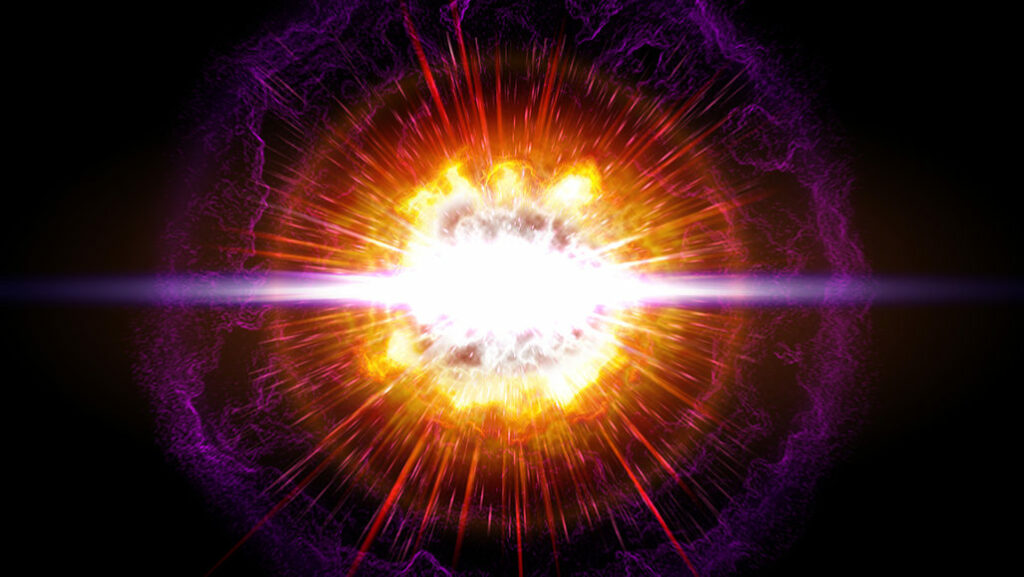While the world eagerly anticipates the upcoming total solar eclipse later this spring, another celestial event is quietly preparing to captivate observers: the impending nova explosion within the Corona Borealis binary system.
This system, located 3,000 light years away, consists of a white dwarf star named T Coronae Borealis (T CrB) and an ageing red giant star. According to NASA’s meteoroid environment program manager, William J Cooke, T CrB’s eruptions occur approximately once every 80 years, akin to the infrequent appearances of Halley’s Comet. Cooke expresses his excitement, noting the discrepancy in media attention between comets and novas.

The certainty surrounding T CrB’s eruption contrasts with the unpredictable nature of most Nova events. Cooke explains that recurrent novas, like T CrB, offer a rare glimpse into periodic stellar outbursts. The last recorded nova for T CrB was in 1946, signalling the imminent eruption following a typical cycle. Cooke further elucidates that T CrB has been dimming since March 2023, indicating its readiness to erupt by September.
Professor Meredith MacGregor from Johns Hopkins University’s Department of Physics and Astronomy underscores T CrB’s uniqueness among novas, as most occurrences lack predictability or recurring patterns. She emphasizes the wide range of time spans between nova events, highlighting the exceptional reliability of T CrB’s recurrence.
The trigger for a nova event lies in the binary system’s dynamics, with the white dwarf and red giant stars interacting gravitationally. As the red giant sheds matter, the white dwarf accumulates it until reaching a critical mass, initiating a thermonuclear reaction. Richard Townsend, an astronomy professor at the University of Wisconsin-Madison, explains the ensuing energy release, causing the white dwarf to temporarily outshine its companion.

Despite T CrB’s typical visibility magnitude of +10, the nova eruption is expected to elevate it to +2, making it visible to the naked eye. NASA advises observers to look toward the Corona Borealis constellation, where the outburst will appear as a new bright star. Cooke anticipates the nova’s brilliance comparable to Mars and expects its visibility to last several days or more.
In summary, while novas like T CrB offer insights into stellar dynamics, their infrequent occurrences and spectacular displays continue to captivate astronomers and enthusiasts alike.






